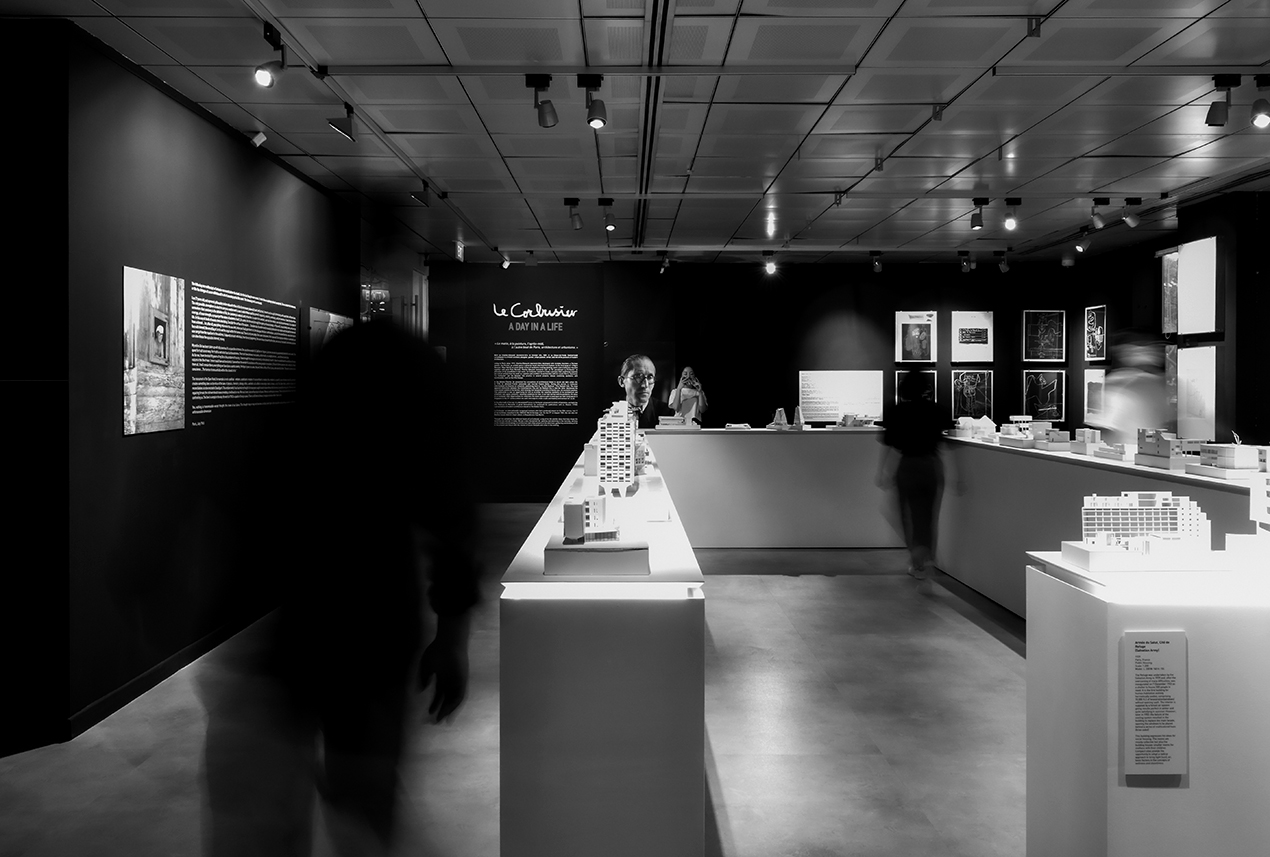
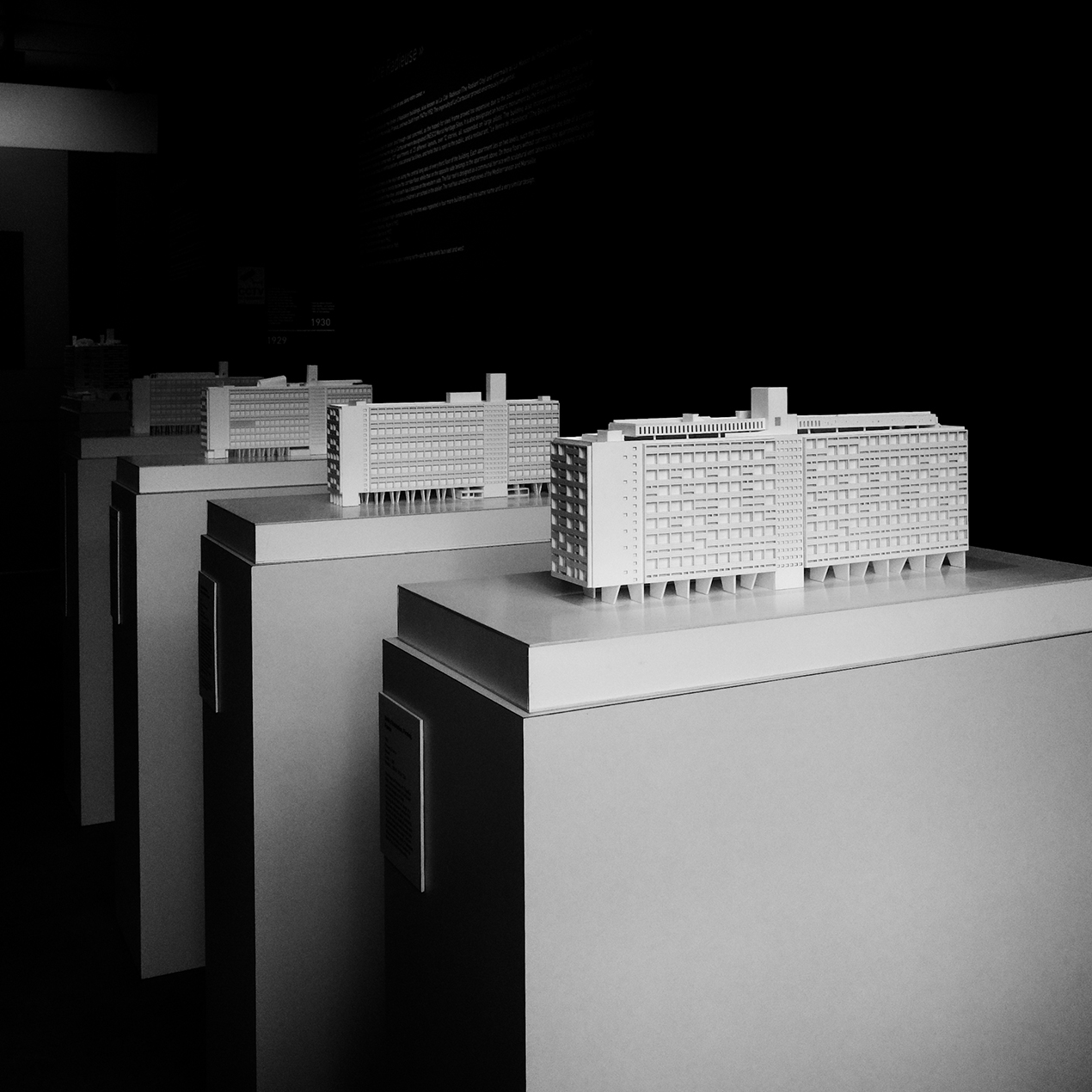
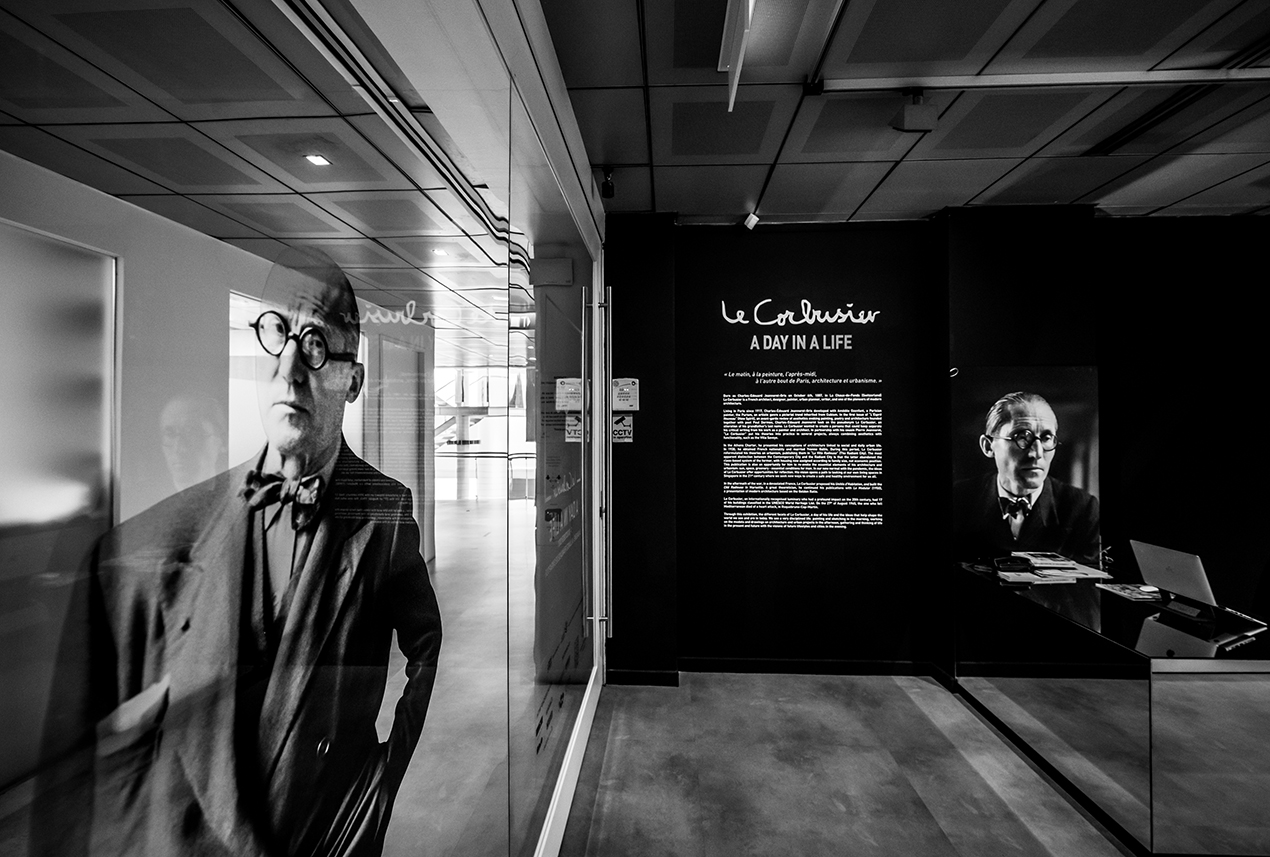
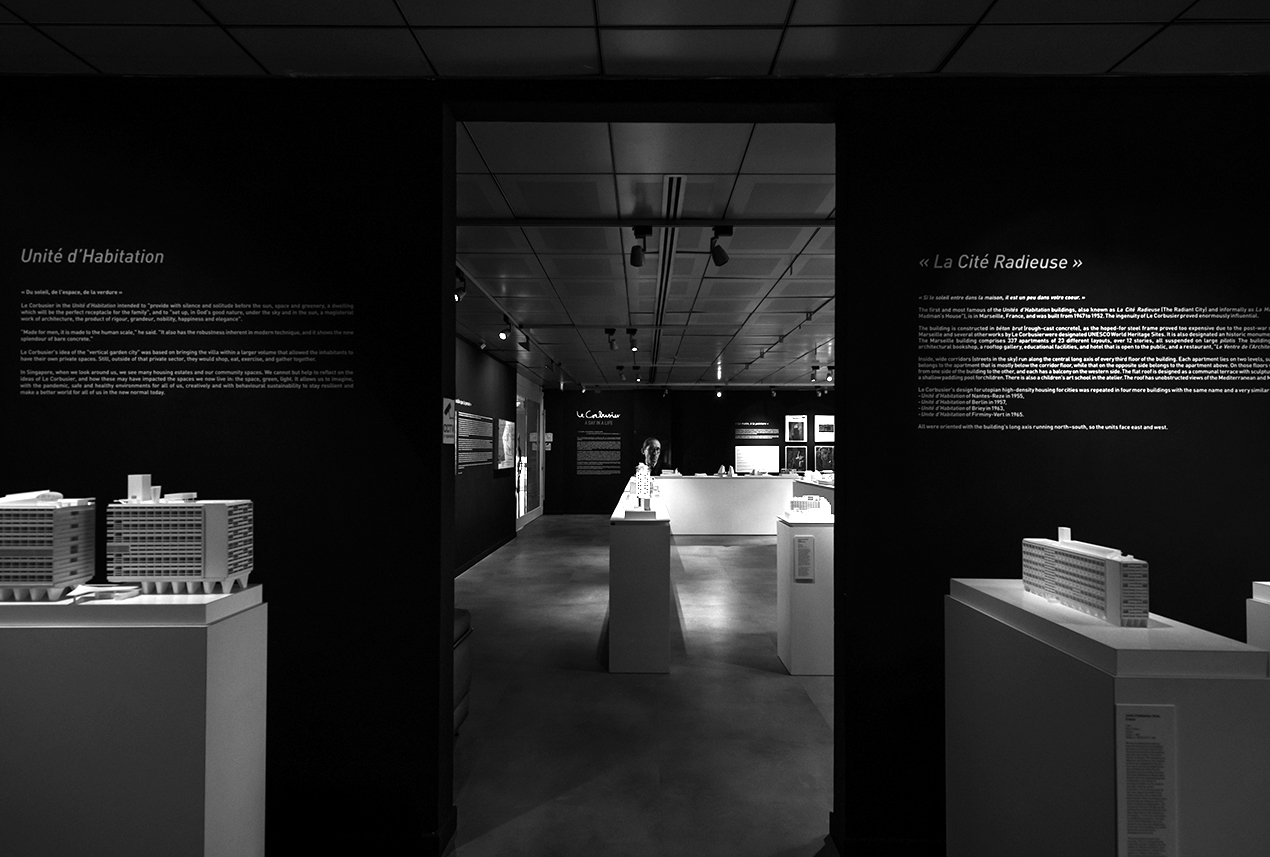
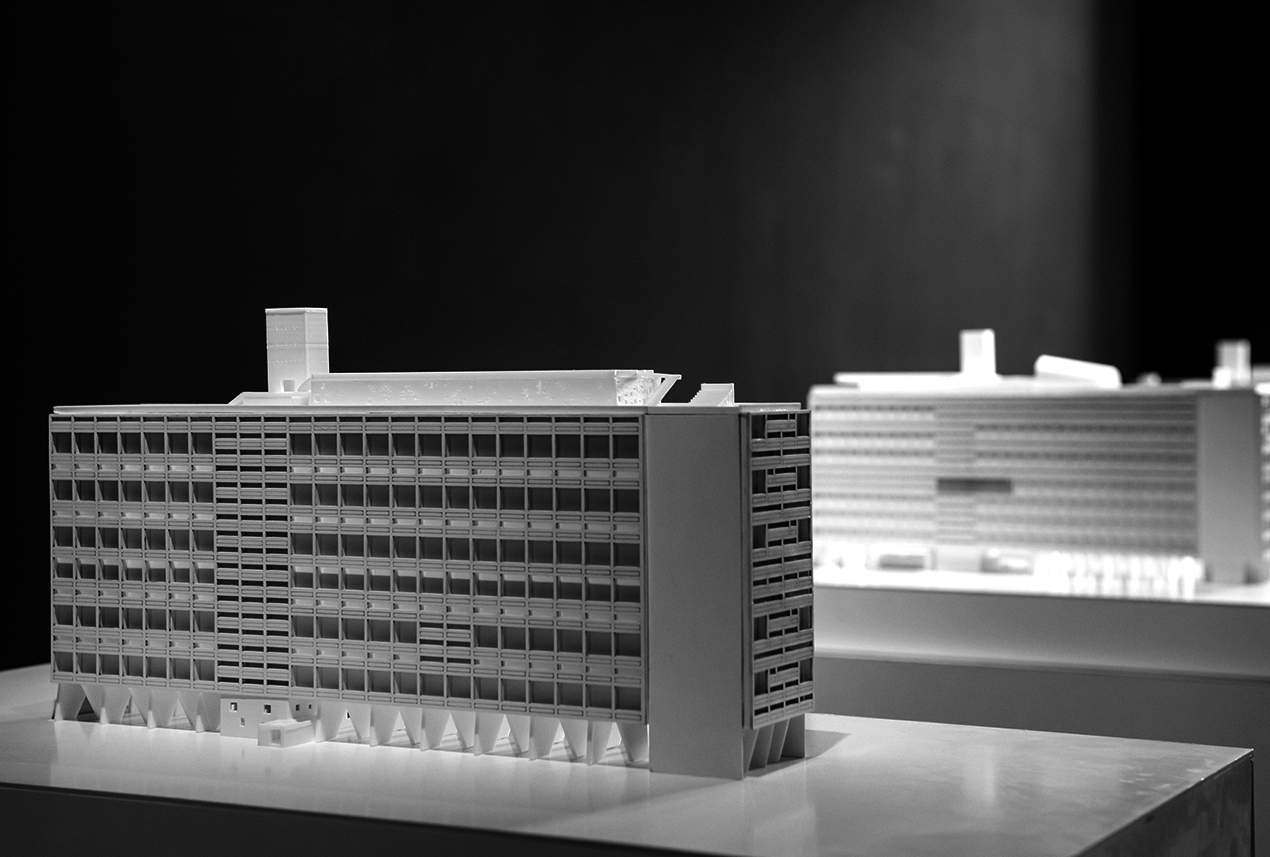
- Exhibition
- Completed
- Singapore (2021)
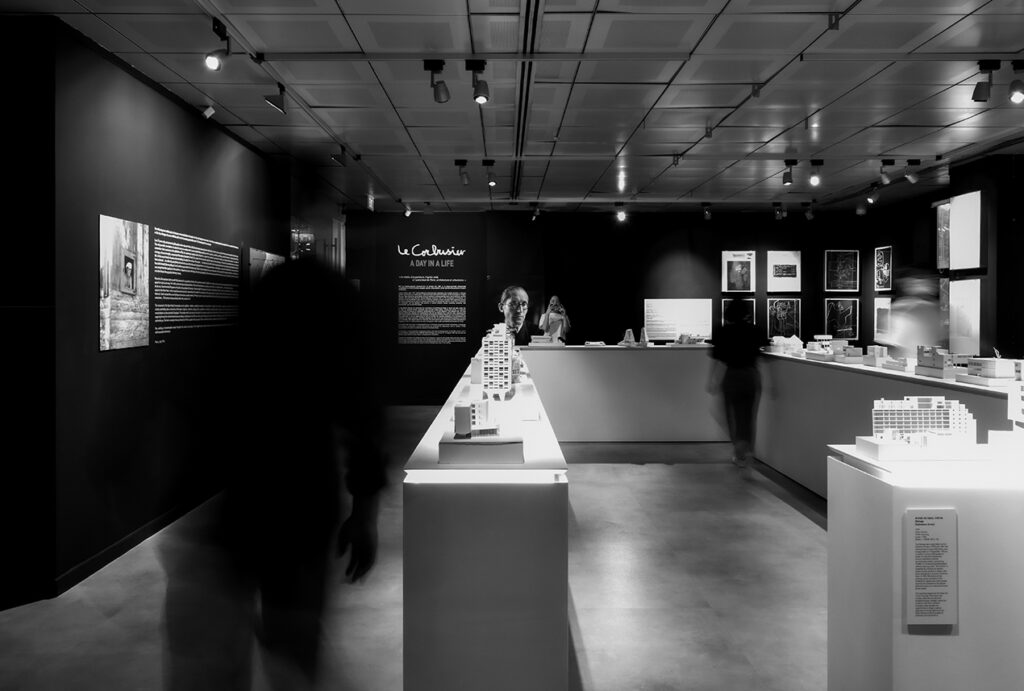
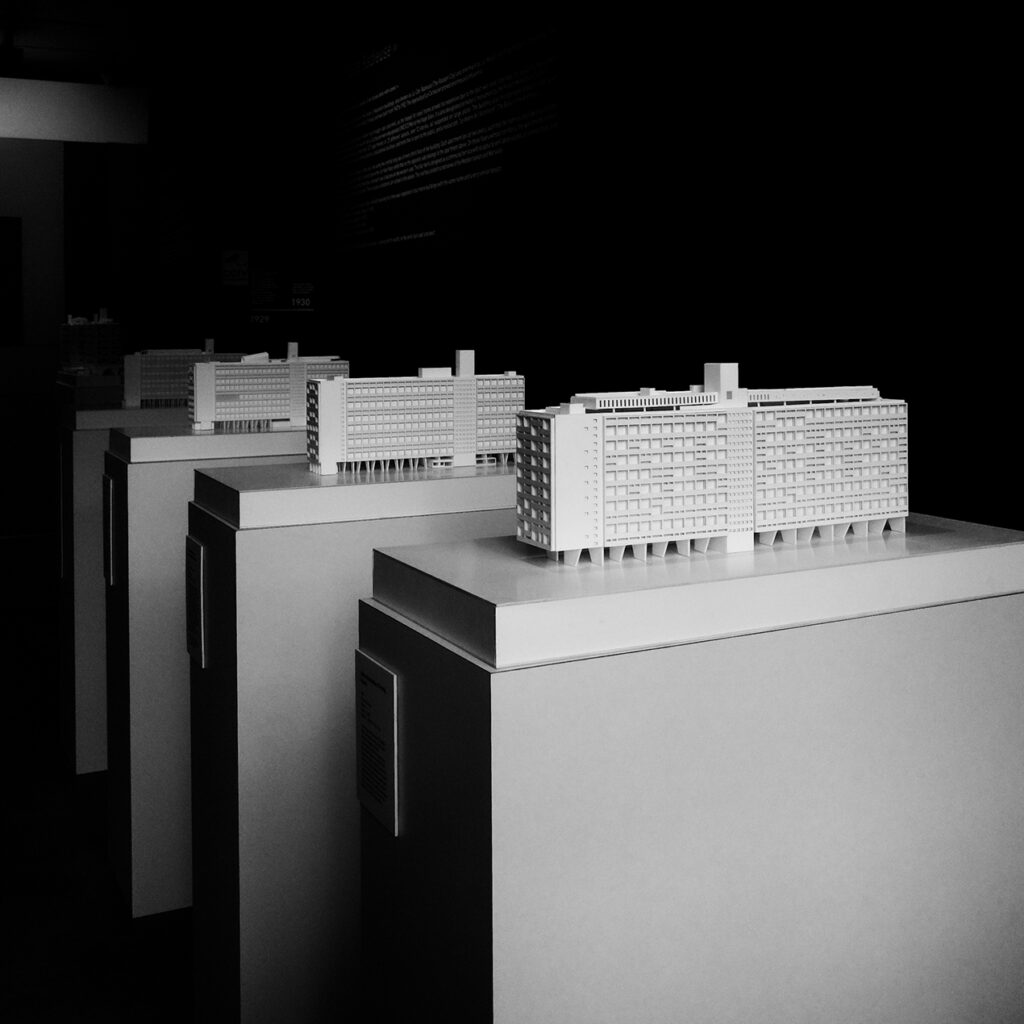
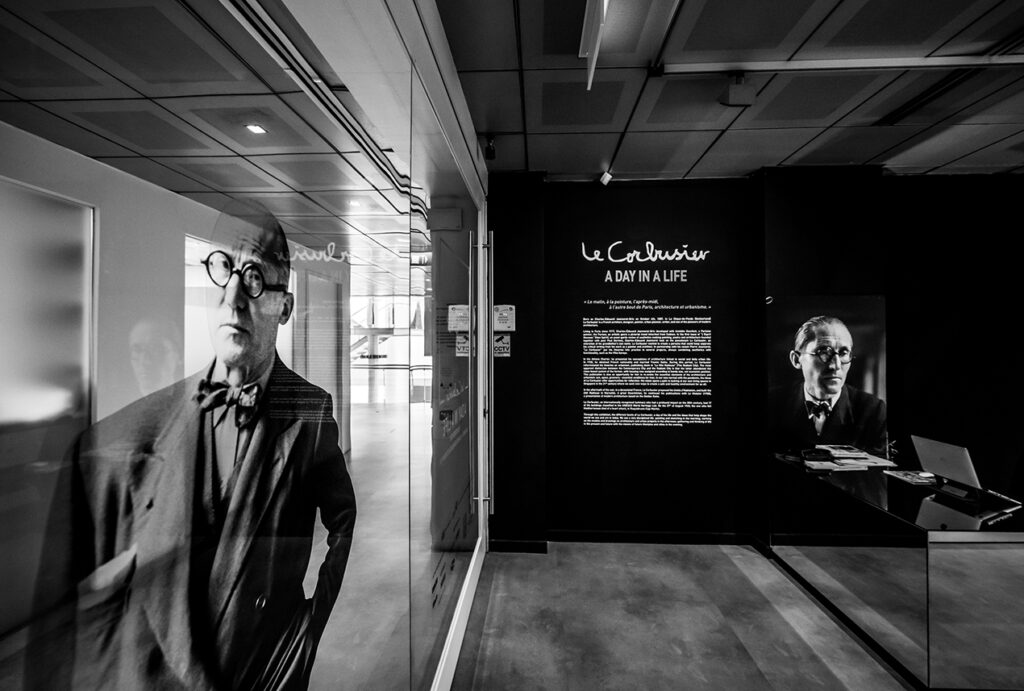
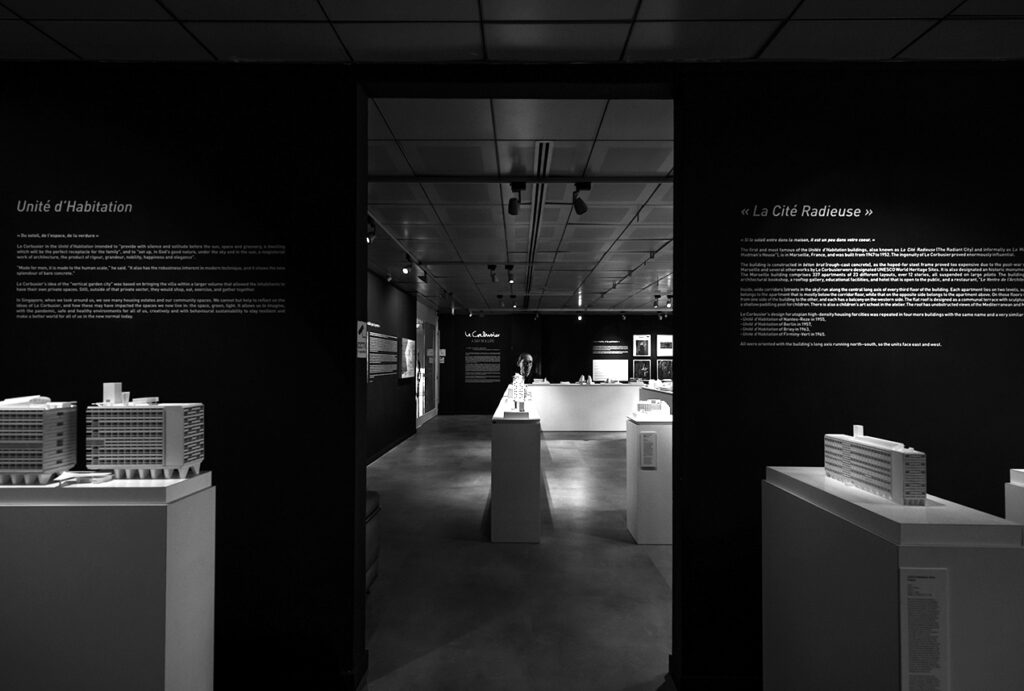
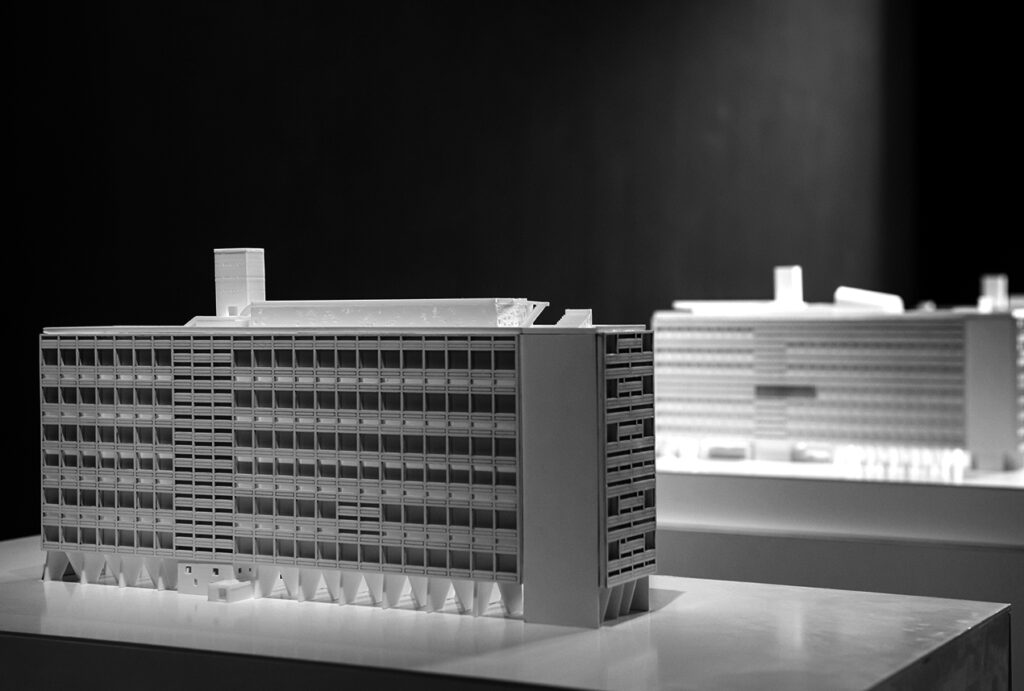
« Le matin, à la peinture, l’après-midi, à l’autre bout de Paris, architecture et urbanisme. » From the Alliance Française de Singapour: Born as Charles-Édouard Jeanneret-Gris on October 6, 1887, in La Chaux-de-Fonds (Switzerland) Le Corbusier is a French architect, designer, painter, urban planner, writer, and one of the pioneers of modern architecture. When the first
« Le matin, à la peinture, l’après-midi, à l’autre bout de Paris, architecture et urbanisme. »
From the Alliance Française de Singapour:
Born as Charles-Édouard Jeanneret-Gris on October 6, 1887, in La Chaux-de-Fonds (Switzerland) Le Corbusier is a French architect, designer, painter, urban planner, writer, and one of the pioneers of modern architecture.
When the first issue of “L’Esprit nouveau” (new spirit) was published, Charles-Éduoard Jeanneret-Gris took on the pseudonym Le Corbusier, as an alteration of his grandfather’s last name, Lecorbésier. This allows him to create a persona that would separate his writing from his work as a painter and an architect.In partnership with his cousin Pierre Jeanneret, Le Corbusier would put his theories into practice in several projects, always combining aesthetics with functionality, such as in the Villa Savoye.
In 1930, he obtained French nationality and married Yvonne Gallis. During this period, Le Corbusier reformulated his theories on urbanism, publishing them in “La Ville Radieuse” (The Radiant City). In the Radiant City, he abandoned the class-based system, assigning housing based on family size rather than economic position. The publication also gave him an opportunity to re-evoke the essential elements of his architecture and urbanism: sun, space, greenery – essential conditions for man.
After the devastating war, Le Corbusier proposed his “Unités d’Habitation”, and built the Cité Radieuse in Marseille. He continued his publications with Le Modular (1950), a presentation of modern architecture based on the Golden Ratio.
Le Corbusier, an internationally recognised luminary who had a profound impact on the 20th century, had 17 of his buildings classified in the UNESCO World Heritage List. On the 27th of August 1965, he died of a heart attack, in Roquebrune-Cap-Martin. Le Corbusier is noted for inventing a new architectural language. This architecture gives way to light while modernising architectural techniques and technology with an architecture that develops upwards towards meeting modern people’s social and personal needs with functional spaces.
The exhibition is organized by the Alliance Française de Singapour with the support of La Fondation Le Corbusier and in conjunction with Archifest 2021. Co-curated by SUTD, RT+Q Architects, and G8A Architects.
- ProgramExhibition
- StatusCompleted
- PartnersExhibition directed by the Alliance Française de Singapour with the support of La Fondation Le Corbusier and in conjunction with Archifest 2021. Co-curated by SUTD, RT+Q Architects, and G8A Architects.